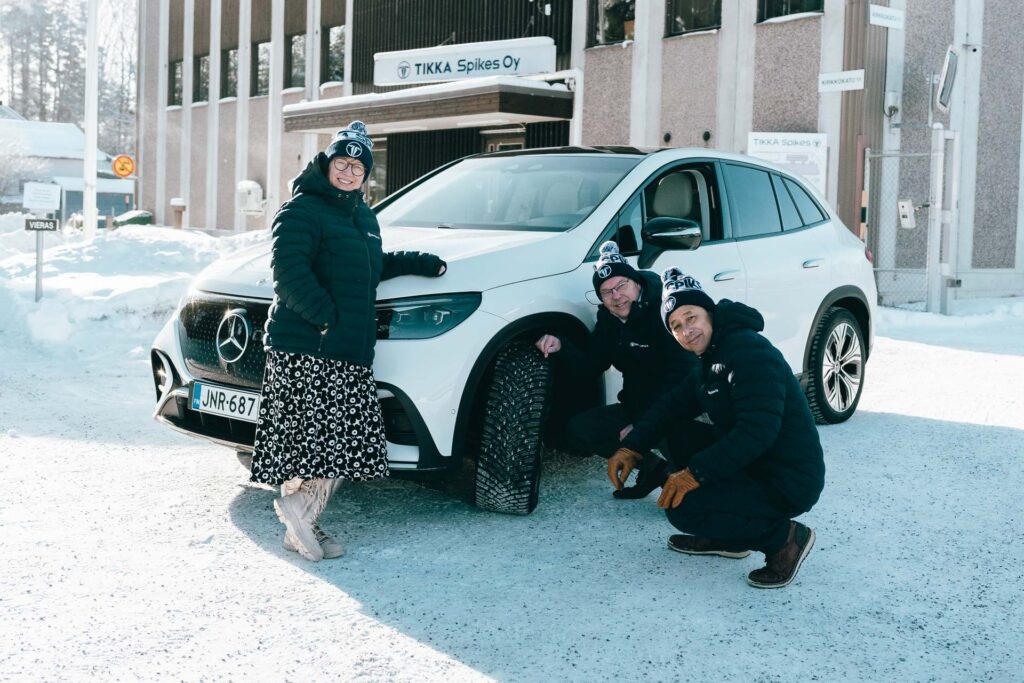1900-1930
1909: The factory has been moved about 200 metres away from the rapids. Transmitting power with belts is difficult, so work begins on electrifying the factory. In the hydropower plant, the electricity produced by the turbines rotates the main shaft of the factory with the help of a large DC motor, from which the drive power is transferred to the machines.
1910: Four businessmen from Jyväskyä, Anton Fredrikson, Th. Lilius, A. Mitrofanoff and Hugo Parviainen, purchase the factory and all its equipment.
1912:
The factory’s expertise and selection of products grow rapidly. Tikkakoski now manufactures harrows, lathes, Tikka onland motors and Geo boat motors. The company name changes to Tikkakoski Rauta- ja Puuteollisuus Oy (Tikkakoski Metal and Wood Industry Ltd). The production of wooden boards is discontinued. A lot of metal products are exported to Russia. The founder of the factory, Martin Stenij, emigrates to America to become a car dealer. Already in Tikkakoski, he owned the first automobile in the area. A helper ran in front of the car to open all the gates.
1916: Tikkakoski becomes the first community in Central Finland to introduce electric street lights. During the day, the electricity is used by the factory, but in the evening there is enough for street lights and homes.
1918: As a result of the Russian Revolution, exports cease and, following independence, a need arises in Finland for its own defence industry. The first such product manufactured by Tikkakoski is locks for Maxim machine guns.
1910s-1930s: Several brick buildings are built on the site of the current plant, many of which are still in use. The building that houses the current Tikka Spikes R&D and tool departments was built in 1942.
1927–1928: Tikkakoski specialises increasingly in weapons production and begins manufacturing barrels. In the 1931 World Championships, Sven Oskar Lindgren wins the small-calibre rifle world championship with a world record score and Kullervo Leskinen wins the free rifle world championship, also with a world record score. Both use Tikka products, the quality of which gain a worldwide reputation.
1930: The company name changes to Oy Tikkakoski Ab.
1931: The company buys the drawings of the Suomi submachine gun from weapon designer Aimo Lahti’s company Konepistooli Oy and starts production. A total of around 80,000 pieces of the famous submachine gun are manufactured by 1944. Production continues under license until 1948, for example in Switzerland.

